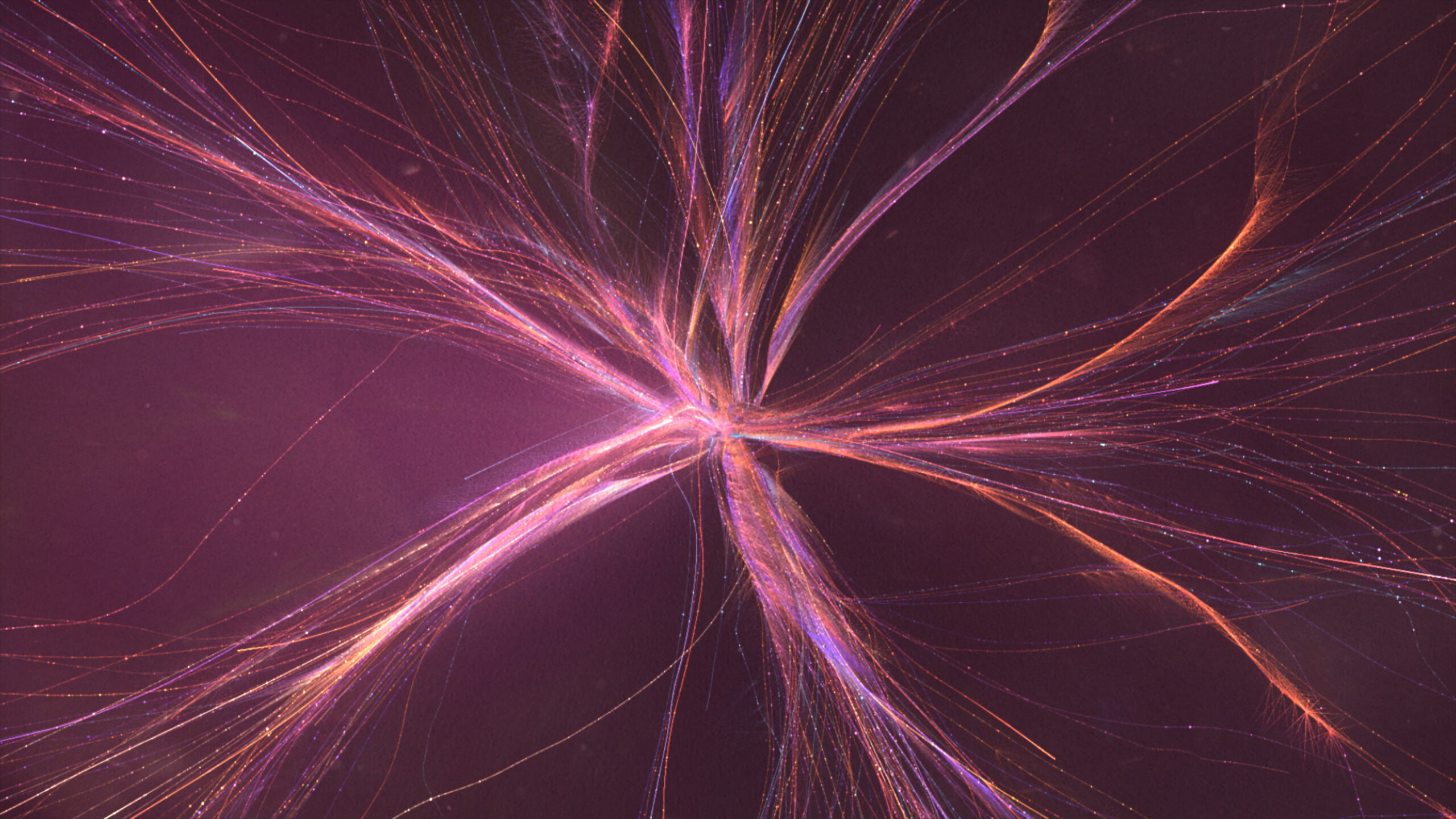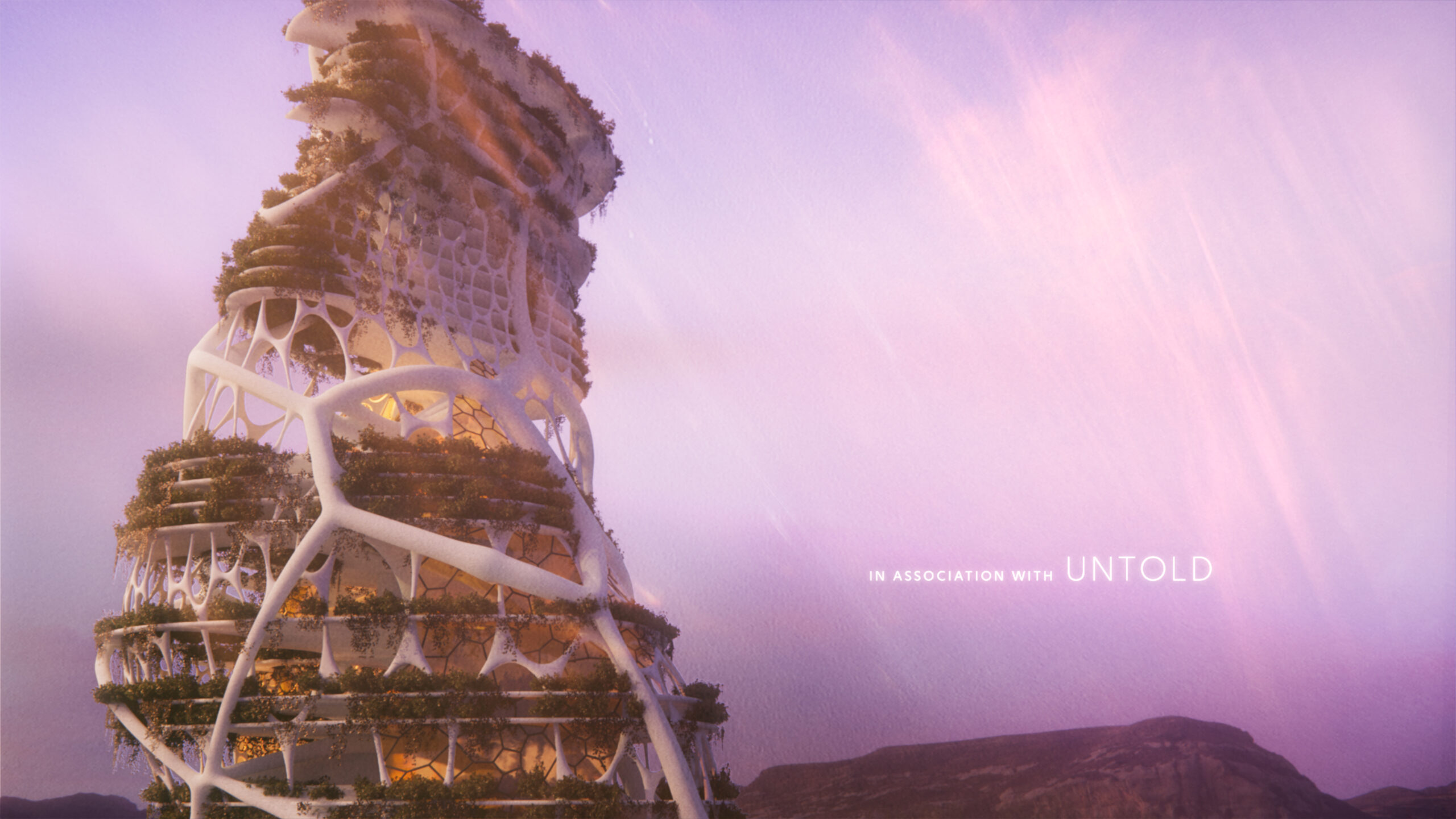Elastic Creates Inspiring Title Sequence and Graphics for PBS’ A Brief History of the Future

With so much fear of the future running rampant, one show offers a different perspective. PBS’ A Brief History of the Future is a unique six-part documentary series, hosted by renowned futurist Ari Wallach, that takes viewers on a journey around the world that is filled with discovery, hope, and possibility about where we find ourselves today and what could come next. The Elastic Team, led by Creative Director Duncan Elms, created a title sequence and graphics for the show with a human touch. We spoke with Duncan about his experience working on this project, how they set and maintained a tone for the show, and what inspired him most about the docuseries.
What tone did you aim to set for the show with the title sequence and how did you go about achieving it?
A Brief History of the Future takes viewers around the world as they interview experts who are working on different technologies that can help humanity in the future. For instance, one episode features people who work with mycelium networks, or mushrooms, to do everything from growing meat alternatives to repairing buildings. Another episode features people who are doing similar things with sea kelp, using that organic material to innovate around clothing and food. For many people, there's a lot of pessimism and uncertainty about the future, so it was refreshing to see these people that were all quite optimistic and positive about the future, and were working with these technologies to make an impact. That was the tone we aimed to maintain throughout our work.
The client provided a very helpful deck that gave us an entire overview of the show and that introduced us to each individual featured in the show, including their past work, which we were able to read through and use as a roadmap for research. Our initial research involved looking at the different technologies that people were working with — we wanted to do something that paid homage to what they were creating and bring those innovations together in a poetic way. We also wanted to imbue it with a nostalgic quality, as if you're in the future, but the future is the past. That included taking futuristic images, whether it was buildings being made on Mars or 3D printing, and looking at those with a nostalgic lens, which we achieved through the use of color grading and effects to give it a vintage film feel.

Tell us about the Grimes song in the opening sequence. Did you make that selection?
She's actually interviewed in one of the episodes. The client suggested that track to us, and even though it feels unexpected, it has a really nice flow to it. I think it helped the show to stand out since it's a departure from the orchestral, atmospheric, epic songs you often hear in futuristic shows.
What was it like working with the team behind the show and director Andrew Morgan?
Working with Andrew was great. The team had a great vision across the whole thing and they gave us a lot of creative freedom. We initially made a lookbook deck, which had references and ideas for all the different technologies that I mentioned before, and laid out how we wanted to represent them and tie them together. It was about finding ways to connect things on a macro level, like a piece of clothing, to a representation of something on a larger scale, like architecture. From the deck that we presented, they were really happy with the different ideas and we worked with them to identify which technologies that we should feature and determine how to strengthen the human connection. It was a great collaboration — they really trusted us to run with it.
Not only did you work on the title sequence, you created graphics for episodes of the show. Can you tell us more about those?
Within the show, we pushed that human-crafted element that we established in the title sequence even further with our graphics. We created some that look like illustrations you’d find in an old science book, and we also used stop motion animation that’s done by hand and looks very vintage and crafted. Those helped us to visualize some of the more abstract moments in the show, where people are discussing things like philosophical interpretations of future technology and future spirituality. That also helped us stay close to that original creative direction for the show and maintain a human feel to everything.
What was a challenge you faced working on this sequence, and how did you overcome it?
When you're trying to represent future technology, sometimes you can get into territory that feels too high-tech or too digital or futuristic and sci-fi. The challenge was to share these future technologies, but in a grounded and organic way. We did that by giving things a warmer look, like incorporating things like sunrises and sunsets, with light coming through the clouds and using crystal refraction lens effects. We also made an effort to avoid cliché elements like lasers and cooler shades of blue.

Which part of the sequence are you most proud of?
There’s one shot of the mycelium network that I really love. I was just fascinated by the idea that you could use a mushroom to construct a building, and we created one shot where we focused on the tiny threads in one of these networks, and then we pulled out to reveal that it's part of the structure of a futuristic building. I’m glad we were able to include that look at the macro, with its intricacies and detail, and then have the subsequent reveal.
I also like the ending shots of the sequence, when we pull out to see the landscape of Mars. I think the overall aesthetic of it, the visuals plus the Grimes track, make it successful and really stand out to me.
Was the subject matter of the show inspiring to you?
Definitely — these people are doing truly amazing things with kelp and mushrooms and more, thinking creatively about different ways to use them that are better for us and better for the environment, and they have so much hope for the future. I found that really inspiring.
Watch A Brief History of the Future on PBS, and watch the title sequence for the show below.
